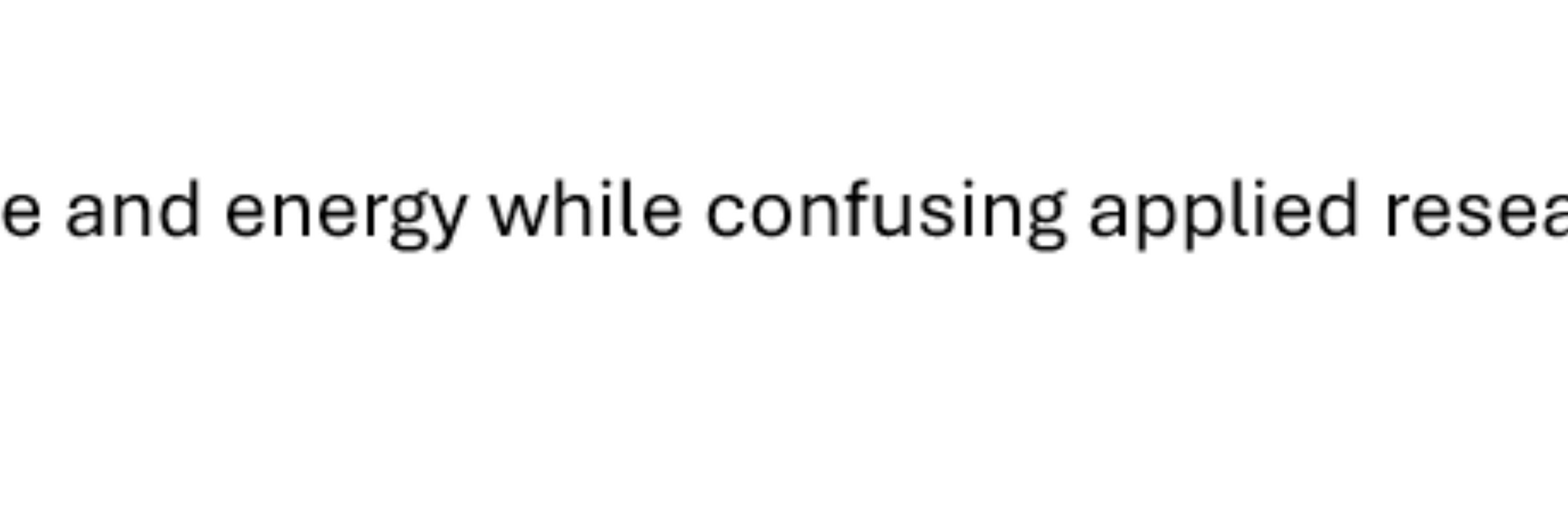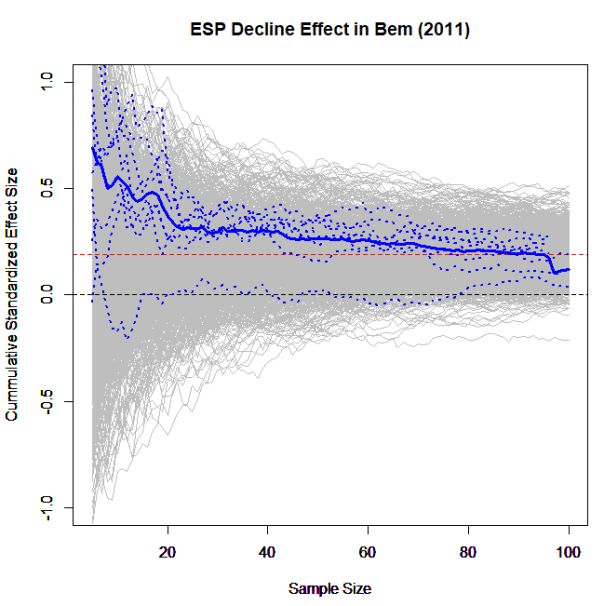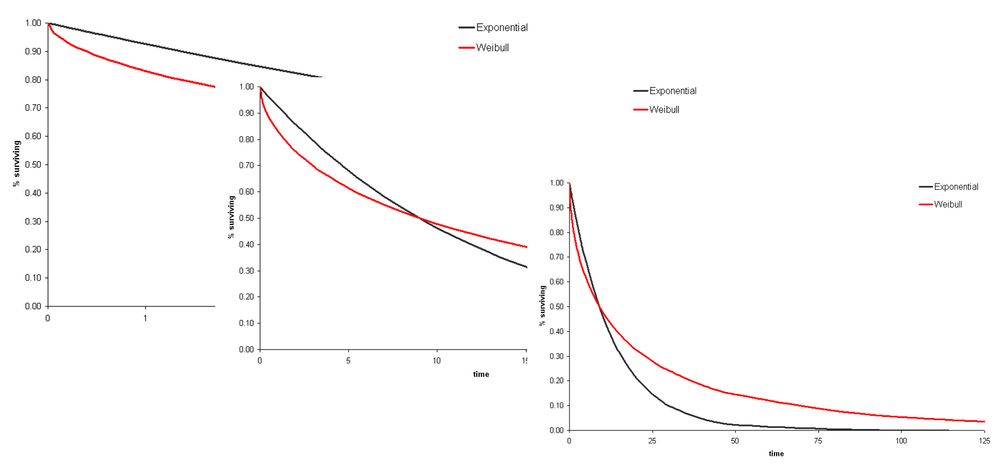
Stats: https://bsky.app/profile/btjo.bsky.social/post/3kvloovvbcz23
QRPs: https://bsky.app/profile/btjo.bsky.social/post/3kvmompohir24
NNT me: https://bsky.app/profile/btjo.bsky.social/post/3kvkrxghlhv2d
She/they






Here is the NHS advice to trans and non-binary people for this and the other screening programmes: www.gov.uk/government/p...

Here is the NHS advice to trans and non-binary people for this and the other screening programmes: www.gov.uk/government/p...

Luna and Nads. 🥰


Luna and Nads. 🥰


Useless, and harmful, for many reasons, not least that rankings tell you nothing about actual performance. And because it redirects energy into gaming the numbers, often at the expense of patients:
europepmc.org/backend/ptpm...

Useless, and harmful, for many reasons, not least that rankings tell you nothing about actual performance. And because it redirects energy into gaming the numbers, often at the expense of patients:
europepmc.org/backend/ptpm...

If you're using a frequentist framework, you can't trust a single test. It requires replication (and Bayes theorem shows why).

If you're using a frequentist framework, you can't trust a single test. It requires replication (and Bayes theorem shows why).

![Erratum
Hernán MA. The hazards of hazards ratios [commentary]. Epidemiology. 2010;21:13–15.
On page 15, column 1, second full paragraph: “… and the average HR is ensured to reach the value 1.” should instead say, “… and the risk ratio is ensured to reach the value 1.”
Epidemiology. 22(1):134, January 2011.](https://cdn.bsky.app/img/feed_thumbnail/plain/did:plc:si2czpt3eeeqvznsejepd3xd/bafkreidjcp4ea547w2rvbfqgqm2labhmrfjmqtoteohk63ju443hbvrc2a@jpeg)

Pic is a poster on competing events AND in-hospital follow-up (quite common for Covid trials).

Pic is a poster on competing events AND in-hospital follow-up (quite common for Covid trials).
because it can change with further follow-up. Pic is a slide I use to illustrate both points.
Any decent #stats textbook on the topic should make these points.

because it can change with further follow-up. Pic is a slide I use to illustrate both points.
Any decent #stats textbook on the topic should make these points.
How you handle it depends on your specific context, and what question you want to answer.

How you handle it depends on your specific context, and what question you want to answer.
ora.ox.ac.uk/objects/uuid...

ora.ox.ac.uk/objects/uuid...



